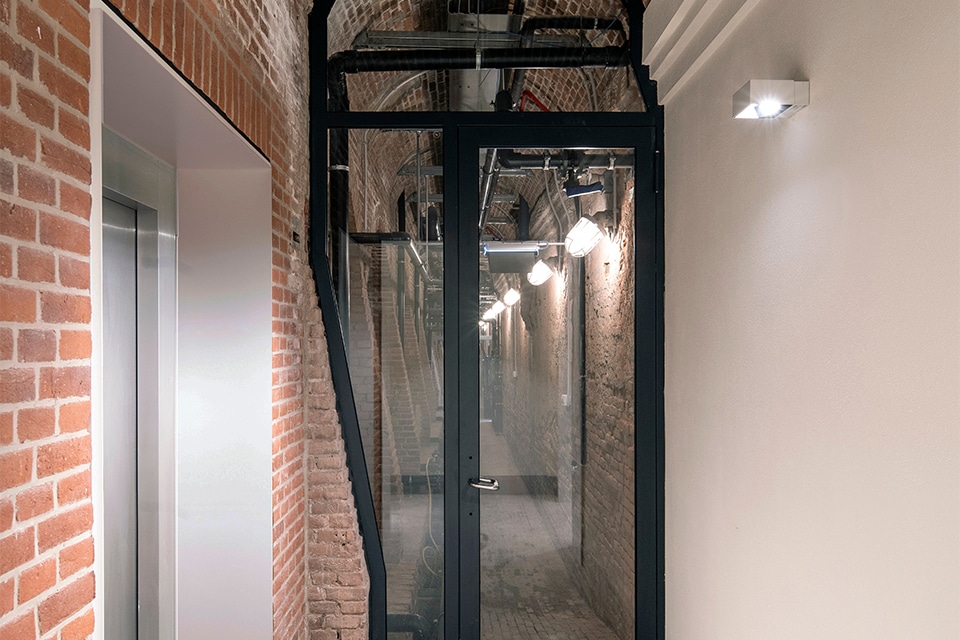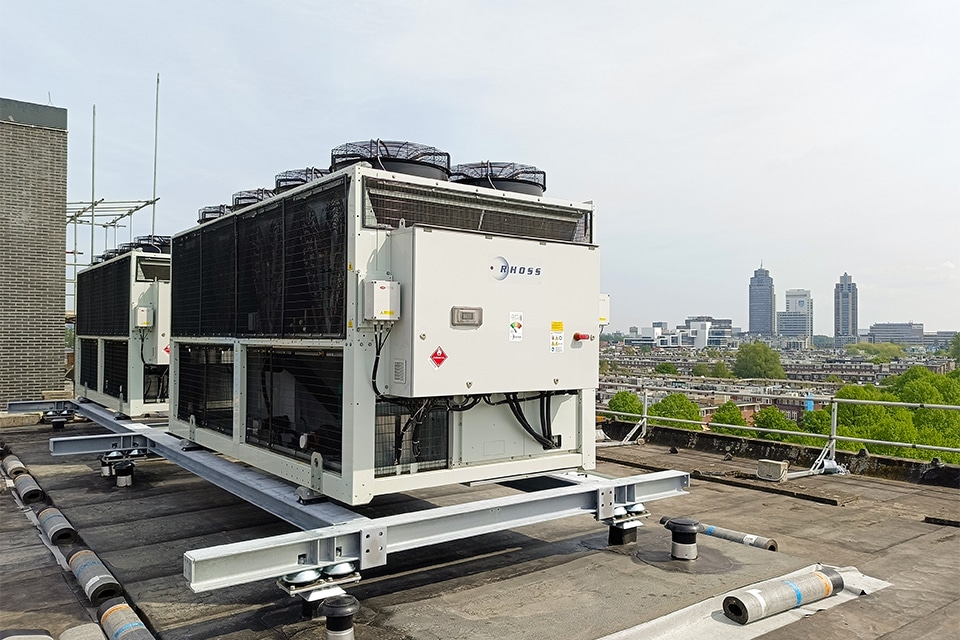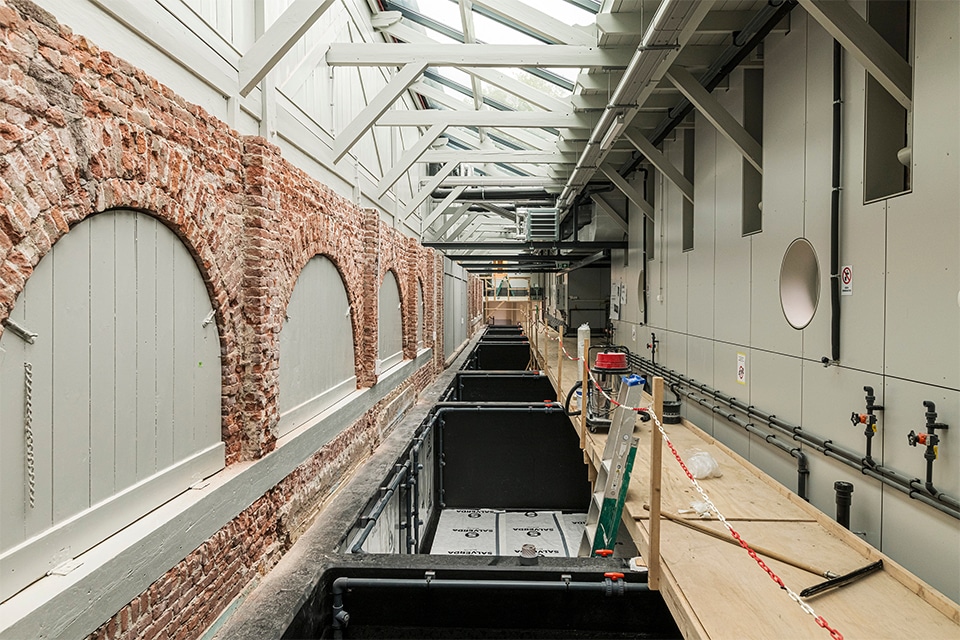
ARTIS Aquarium: restoration and preservation of a wonder of the world
The ARTIS Aquarium is one of the oldest aquariums in the world and designed to show life underwater. Amsterdam architect Gerlof Salm and his son designed the building in a classicist temple architecture unique to the city. Construction began in 1879, eventually requiring 1,740 piles to support the weight of 640,000 gallons of seawater, 225,000 gallons of freshwater and the innovative Lloyds water filtration system. The Aquarium was immediately hailed as a wonder of the world and attracted visitors from all over Europe. To preserve the extraordinary and National Monumental Aquarium building for future generations, the finishing touches are now being put on a major rescue restoration and preservation project.

"The renovation was badly needed," begins Linda van Leeuwen, Project Manager Construction & Development at ARTIS. "In particular, the years of saltwater exposure from the aquariums and filter tanks had significantly affected the construction of the aquarium tanks, the stucco and the interior of the Aquarium. With the techniques of the time, of course, we tried to keep rising damp and salt crystallizations at bay, but ultimately we could not prevent them from penetrating the modern finishes. As a result, structural defects developed in the building. To save the monument, restoration was necessary. It was now or never." Because the ARTIS Aquarium functions as one machine, complete closure and renovation was the only option, she says. "A moment we also seized to renew, improve and make the Aquarium more sustainable and to optimize animal welfare."
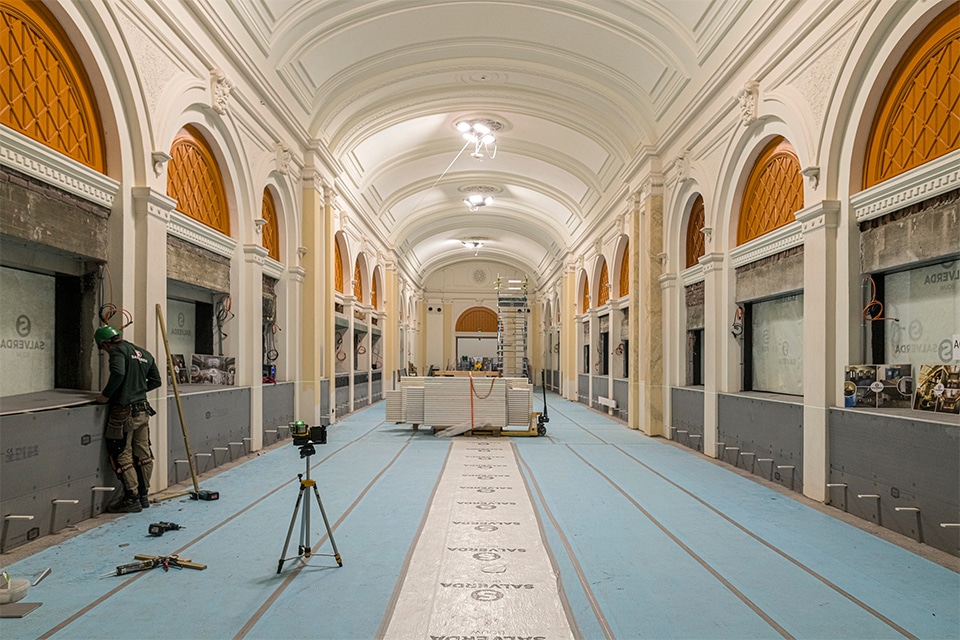
Original allure
The design for the improvement and preservation was awarded to OTH Architects, which has extensive experience in (national) monumental projects and is also located next to the ARTIS Aquarium. "During an initial tour of the building, it became clear that many finishes had deteriorated," says Julian Wolse, architect and director/partner at OTH Architects. "But also that the building was very inward looking, dark and closed and that a logical routing was missing. The new design changes that." The ambition was to restore the national monument to its original allure, he says. "The main structure with the sequence of different spaces has been made readable again and the quality and finishes of the interior are visible again. In addition, public accessibility has been increased, allowing visitors to see that the building is one big machine in which water is pumped around and filtered. But also how the aquarists work."
Space dilemma
Part of the space dilemma stems from the building's origins, Van Leeuwen points out. "The Aquarium stands on the last plot ARTIS purchased in the Plantation neighborhood. To get permission to build, we had to meet two important conditions. One was that the Aquarium had to become available not only to members of the ARTIS Society, but also to the general public. Also, the building had to be shared with the Zoology study at the University of Amsterdam (UvA). The latter requirement in particular created a split-level structure that has posed challenges since the removal of the municipal university in the 1920s. Specifically with regard to routing, as a natural space coherence was lacking."
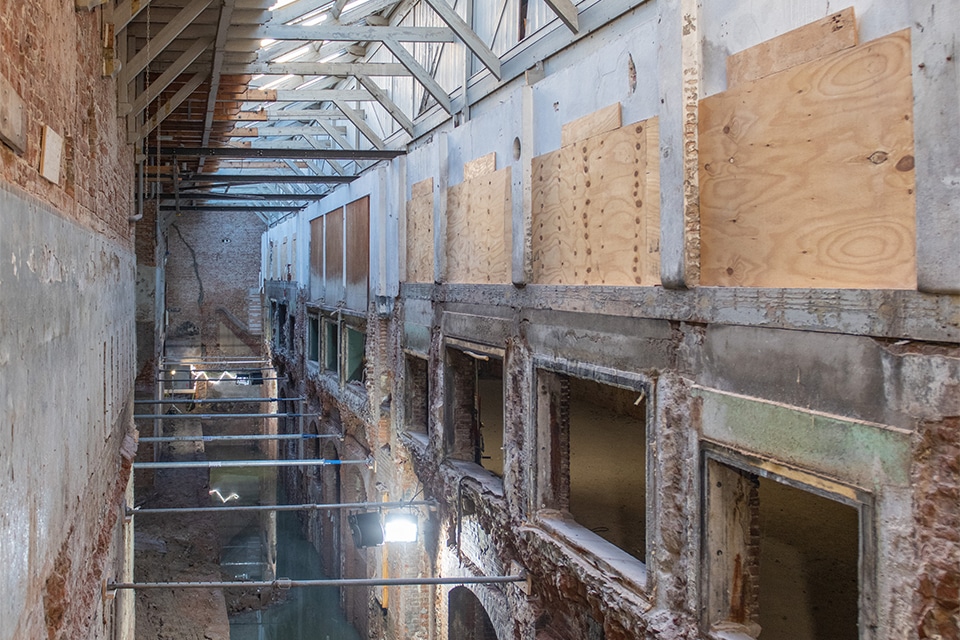
More space, better sightlines
In the new situation, all dead-end spaces in the building are open, Wolse says. "This makes it easier for visitors to walk through. It also creates better sightlines. We have included the former university section in the Aquarium, creating more space to discover both the building and marine life. A special role here is reserved for the technology room, where visitors can see the filtering techniques used in the aquariums. The elevators have been moved to a logical position and the beautiful old stairs have regained their public function. Where possible, old ornaments and finishes have been restored, reconstructed and combined with contemporary materials. New acoustics and lighting have been integrated into the monumental finishes, where old grandeur and new techniques, materials and transitions reinforce each other."
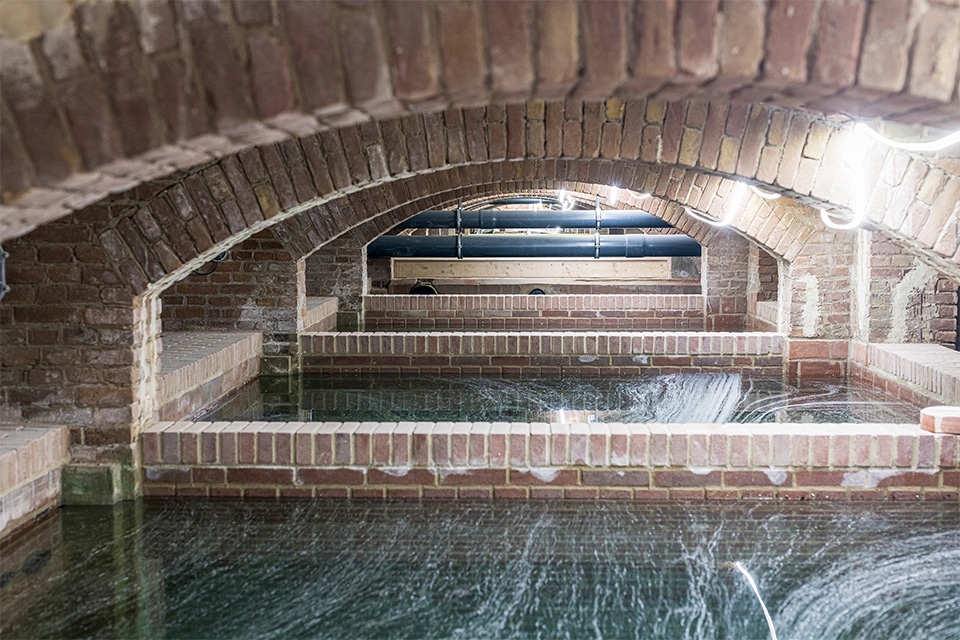
Advanced techniques
The design by OTH Architects respects the historical elements, while modern choices make the building more sustainable. In doing so, the design is in line with ARTIS' ambition to be climate-positive by 2030. "One of the most delicate jobs in this context is the restoration of the 140-year-old Lloyds water filtration system in the historic catacombs," Van Leeuwen says. "In addition, the aquarium building is connected to our CHP plant, allowing it to be heated fossil-free and at a low temperature. Approximately 16 kilometers of underfloor heating provides the heat and, where possible, wall and roof insulation has been installed. Quite a challenge in a national monument where salt has entered the structure!"
High durability, long service life
In selecting the new materials, high durability and longevity were key, she says. "Most progressive, however, was our research into the materialization of the new and larger aquarium tanks. We looked at various materials and tested them, then arrived at the special combination of basalt fiber reinforcement and self-healing concrete, in which microbes in the concrete mixture permanently repair any cracking."
Important link to park and city
The ARTIS Aquarium is an iconic building that Wolse says has become somewhat congested over the years. "The facades were almost blackened by the amount of streetcar and car traffic that passed through in 142 years," he says. "From Plantage Middenlaan and from the park, it was almost impossible to see (anymore) that an aquarium was located here. To change this, the sandstone façade was carefully cleaned and restored to its original design, detailing and soft color scheme from 1882. In addition, the white-painted side facades and rear facade on the park side were stripped of their paint, allowing them to breathe again." Van Leeuwen: "The rear facade now offers a view of the impressive filter installations, while visitors in turn have beautiful sight lines to the park as well as the public Salmplein, which will be added in the future. By removing the fencing around the building, the building becomes clearly part of the streetscape again."
The ARTIS Aquarium is an important link in the urban planning future of Amsterdam, restoring the old urban street structure and further connecting it with the Muiderpoort and the Tropenmuseum. Within a few weeks, the restoration and preservation will be completed, after which the exhibition will be moved in and all the fish will be released into their new aquariums. The grand (re)opening of the ARTIS Aquarium is planned for spring 2026.
